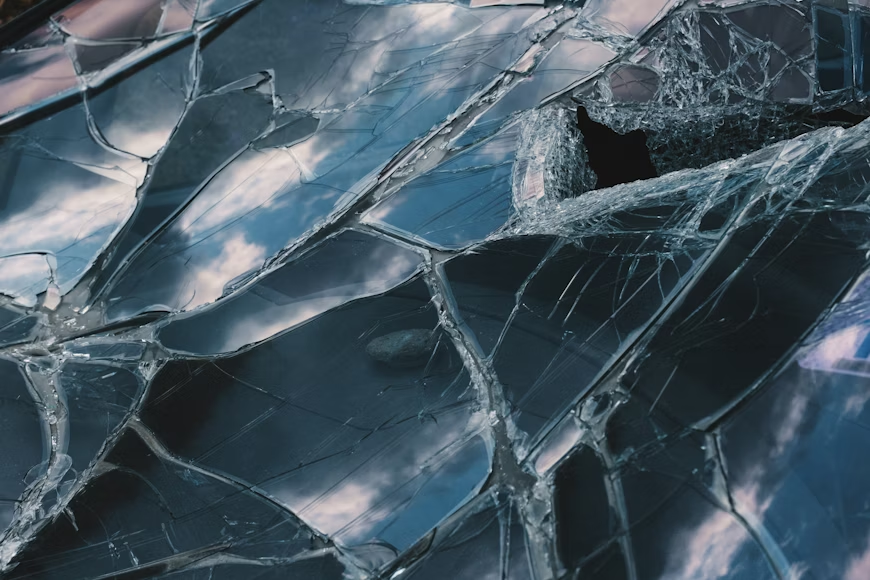There are multiple reasons why you may face car damage. Car damage is not a fun thing to deal with but knowing what causes car damage may help you do what you can to protect it.
Here are five things that cause car damage.
1. Road Debris and Loose Objects
Road debris is a major source of car damage. Drivers might encounter rocks, gravel, branches, and toppled trees that can inflict scratches or chips on their passing vehicles. In some cases, these obstacles can pierce tires, creating dangerous driving conditions. When traveling on highways, these hazards become more threatening due to increased speeds, where even small objects can cause substantial damage. Even construction zones can cause debris problems. Asphalt or nails, or any other discarded materials may damage the paint or undercarriage. Those drivers who closely follow behind big trucks can also be vulnerable, as some debris or rocks can fall straight into their vehicles. Reducing speed and maintaining a safe distance in such places can reduce the possible harm.
2. Weather-Related Hazards
Another huge contributor to car damage could be the weather. Hail is one of the common threats that are especially evident in areas prone to frequent storms. Even small-sized hailstones can leave dents on the hood and the roof. Snow and ice can be present in colder locations. Road salt on frozen roads can cause corrosion of vehicles when used on a longer-term basis, resulting in rust and other mechanical problems. Heavy rain is another cause of accidents because it may impair visibility and make the roads slippery. The other risk is the threat of flooding with long-term consequences since water could seep into the engine or other electrical parts. Powerful winds can snap off branches on trees, or they can cause items to be thrown into vehicles. Parking out of the weather and in non-flooded areas can help reduce these weather risks.
3. Parking Lot Incidents
Damage frequently occurs in parking areas where there is a large concentration of vehicles parked. Scratches by the car door, shopping carts, or inconsiderate drivers are frequent. Parking lots are congested, and it is more common for people to have low-speed collisions. Even minor crashes may cause dents that are visible.
4. Mechanical Failures and Lack of Maintenance
Mechanical malfunctions and lack of maintenance can also be damaging. An example is worn-out brakes that increase the likelihood of a collision. Another care issue that is related to neglect is rust. Not cleaning a car frequently, particularly in a location where there is road salt, accelerates rust. Rust eats away the frames and the body. Neglecting oil changes, ignoring fluid levels, and delaying basic service appointments causes cars to become more prone to mechanical failure, as well as costly damage. Regular repair is one of the easiest methods of preventing a car or a vehicle from having undue damage.
5. Crash and Collision
Car collisions stand out as a top reason for car damage. You might experience bent frames, damaged bumpers, and shattered headlights, even in minor impacts. When accidents are more severe, you’ll likely need to seek professional automotive repair services to address the extensive damage. Most drivers rely on insurance claims and official documentation to resolve these situations. For instance, you’ll often need to obtain a California highway patrol crash report, for example, following an incident, as it serves as crucial documentation for the event. Your car can sustain damage not only from other cars but also from stationary objects such as poles, fences, and barriers. You should be aware that factors like various distractions and excessive speed can significantly increase your accident risk.
Conclusion
Multiple things cause car damage, and understanding these causes is essential. You can protect your vehicle by practicing defensive driving, having regular maintenance checks, and being wary of your surroundings.


